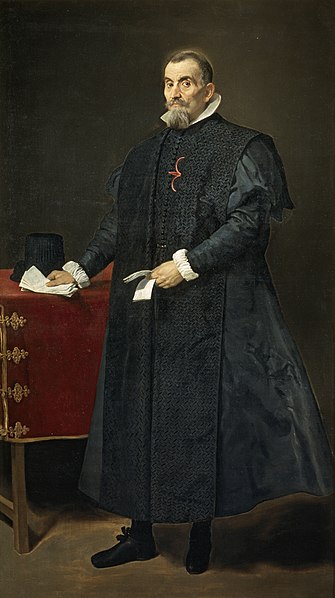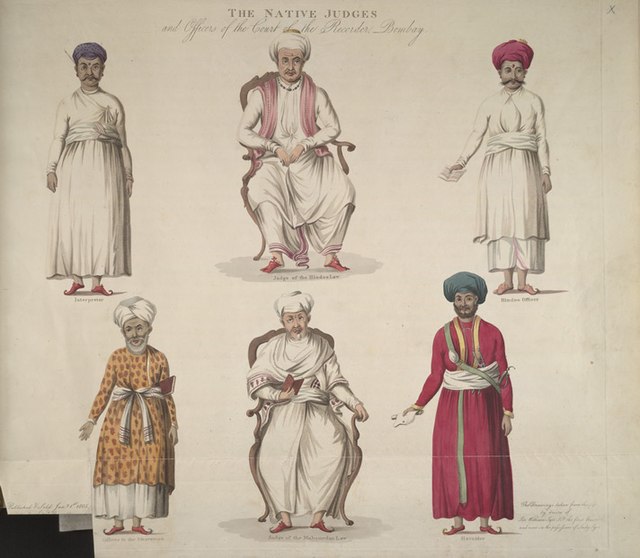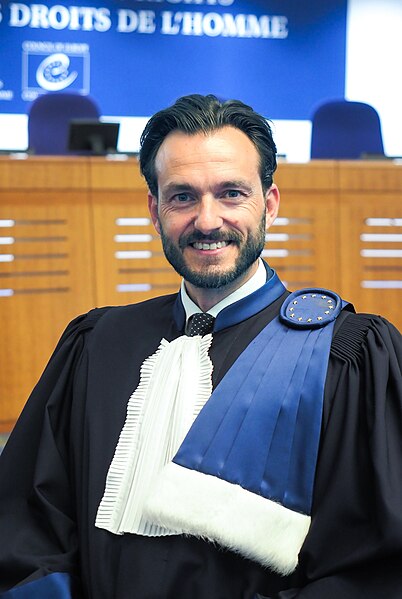Judiciary of England and Wales
There are various levels of judiciary in England and Wales—different types of courts have different styles of judges. They also form a strict hierarchy of importance, in line with the order of the courts in which they sit, so that judges of the Court of Appeal of England and Wales are given more weight than district judges sitting in county courts and magistrates' courts. On 1 April 2020 there were 3,174 judges in post in England and Wales. Some judges with United Kingdom-wide jurisdiction also sit in England and Wales, particularly Justices of the United Kingdom Supreme Court and members of the tribunals judiciary.
Three Lords Justices in their ceremonial robes in procession at Llandaff Cathedral in 2013
Four High Court Justices in their ceremonial robes in procession at Llandaff Cathedral in 2013
A judge is a person who presides over court proceedings, either alone or as a part of a panel of judges. In an adversarial system the judge hears all the witnesses and any other evidence presented by the barristers or solicitors of the case, assesses the credibility and arguments of the parties, and then issues a ruling in the case based on their interpretation of the law and their own personal judgment. A judge is expected to conduct the trial impartially and, typically, in an open court.
Judges at the International Court of Justice
17th century Spanish judge in full gowns, by Velázquez
These drawings were taken from life in 1758. From left to right, top row: 1. Interpreter, Rhowangee Sewagee. 2. Judge of the Hindoo Law, Antoba Crustnagee Pundit. 3. Hindoo Officer, Lellather Chatta Bhutt. From left to right, bottom row: 4. Officer to the Mooremen, Mahmoud Ackram of the Codjee order or priesthood of the cast of Moormens. 5. Judge of the Mohomedan Law, Cajee Husson. 6. Haveldar, or summoning Officer, Mahmound Ismael'.
Róbert Ragnar Spanó, president of the European Court of Human Rights






